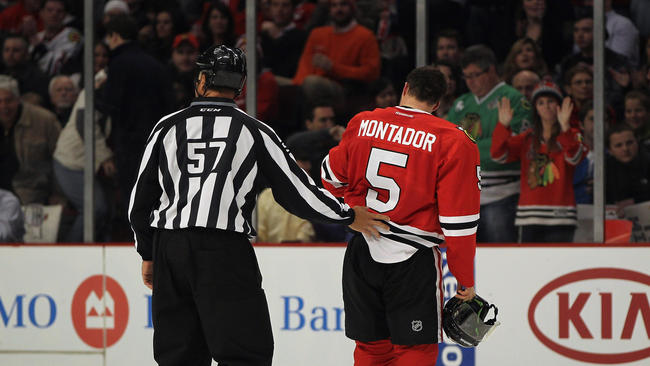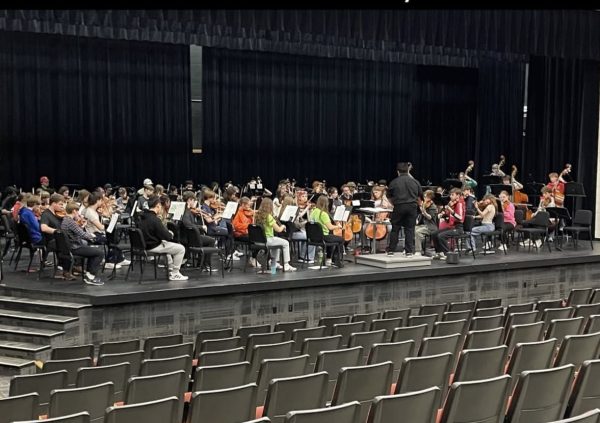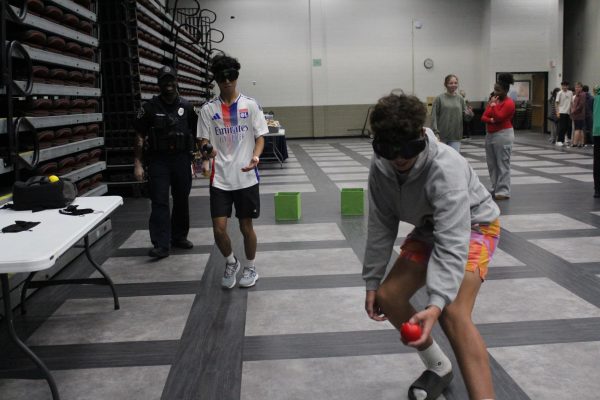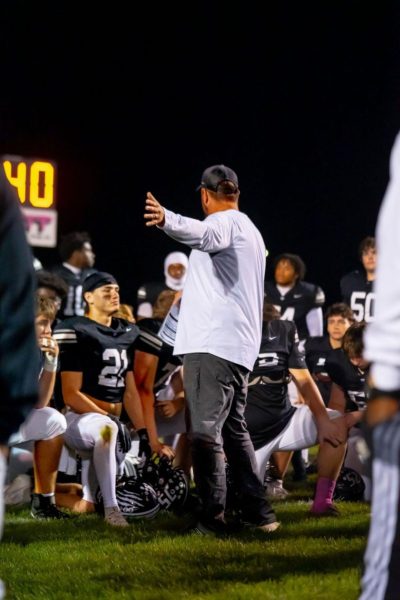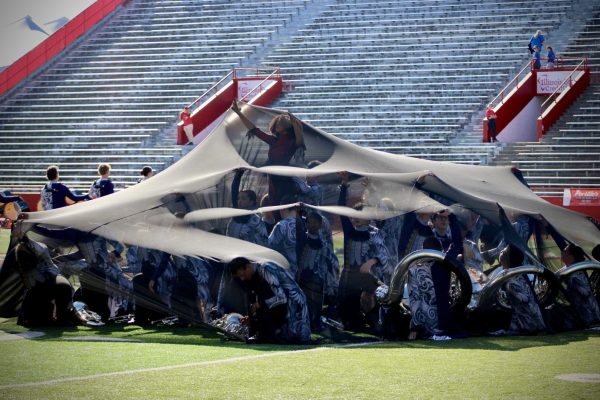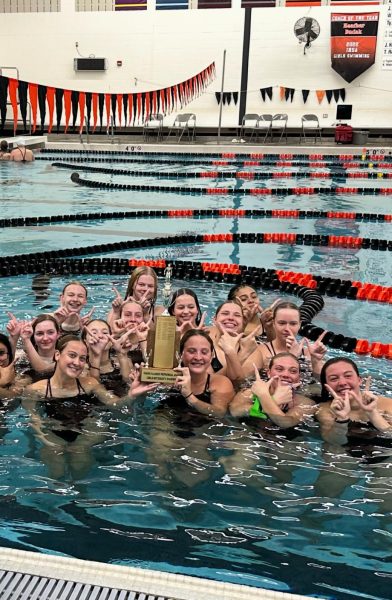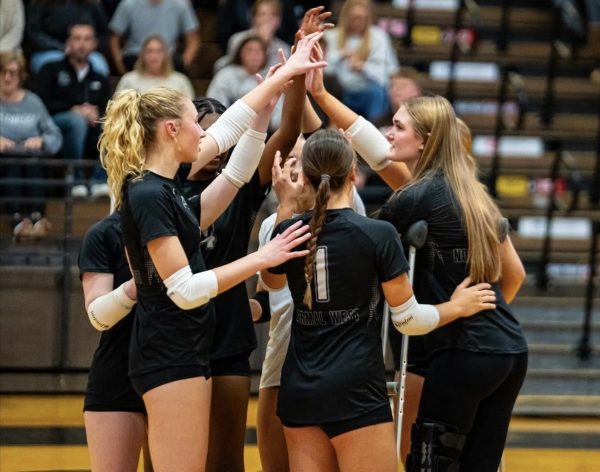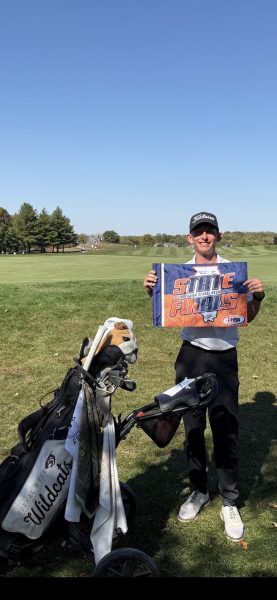Time to take action against concussions in hockey
Concussions are a traumatic brain injury that if not properly diagnosed and treated can lead to serious damage and potential death. When Americans hear the word concussion they immediately think of football, we think about the amount of concussions they have but also how they’ve been improving their equipment and rules to keep their players safe.
Following in football’s footsteps hockey organizations around the nation are taking extra measures to keep their players safe. According to an article on WMBD 31, local youth hockey organization the Peoria Mustangs, are using a new test mandated by the USA Hockey to determine if the athlete has a concussion and again when the athlete believes they are ready to return. This neurological test is a pencil-paper based test called the SCAT3.
Peoria Youth Hockey’s athletic trainer, Greg Eberle, helps develop and manage the Concussion Management Program. He requires every one of his athletes to take the test. “And the reason why we use that is for two reasons. First, it’s validated by the experts in the field as far as being a validated neuro-cognitive test. Second, it helps with our compliance as far as our athletes are concerned,” Eberle told WMBD’s Lindsey Mills.
Mustangs coach Tyler Rennette told Mills that he believes the physical play has gotten a lot tougher since he last played. “The physical play in hockey… its gone up a lot and I mean you gotta look at kids nowadays… they’re faster, they’re bigger, they’re stronger, than when I was growing up.”
He is absolutely correct, and that is causing major problems.
In the NHL, teams are becoming more familiar with the symptoms of a concussion and how to spot it early so there’s a lesser chance of a player developing serious brain damage.
According to an article in Sports Illustrated, more than 60 former players sued the league in November 2013, claiming they did not do enough to protect them from head injuries, failed to properly warn players of risks of brain trauma, and consistently promoted violent play.
NHL Commissioner Gary Bettman says there is no evidence linking hockey and chronic traumatic encephalopathy, a degenerative disease caused by repeated brain trauma.
Players like Daniel Carcillo would respectfully disagree with this statement. On February 15, 2015, Carcillo’s good friend Steve Montador died. It was later discovered that Montador had chronic traumatic encephalopathy, from taking too many hits to the head during his career in the NHL.
Montador played for six different teams, including the Chicago Blackhawks where he and Carcillo shared a locker room. In the 2011-12 season Montador suffered a serious season ending concussion that required almost a full year’s recovery, and as a result only played in 14 games with Chicago’s AHL affiliate, the Rockford Icehogs, late in the 2012-13 season. Chicago then bought out the remaining two years of his contract.
After learning about the death of his dear friend, Carcillo made a video eulogy for Montador. In this video Carcillo reached out asking for a support system to be put into place for players after their career ends. He submitted this video to The Players Tribune.
Carcillo acknowledges in his video how there wasn’t a single guy who could tell him what the exit plan was for them when they decided to hang up their skates for good.
“After Monty died, I really did some research. Asking guys that had already moved on and that I had played with, asking them if they knew what our exit program was for the NHLPA and I was kind of astonished to find out that not one guy could tell me what it was,” said Carcillo.
Carcillo watched Montador struggle mentally trying to adjust to life after leaving the game first hand. After his death Carcillo decided to take actions into his own hands by creating Chapter 5.
Chapter 5 is a nonprofit foundation that is designed for Helping athletes find their new purpose and transition into life after the game, according to official Chapter 5 homepage. To do so, Chapter 5 says they will work with the athlete to identify their interests and strengths to help them find work and a new life after the game. Carcillo is one of the first to use Chapter 5’s resources; he decided to retire after winning the Stanley Cup last year with the Chicago Blackhawks.
No matter what level hockey is played at, concussions are becoming a major problem. We need to pay closer attention to the players and make sure they receive the proper treatment when they suffer one. No life is worth the risk, or a win.
Your donation will support the student journalists of Normal West High School. Your contribution will allow us to purchase equipment and cover our annual website hosting costs. We are incredibly thankful for your generous donation!

